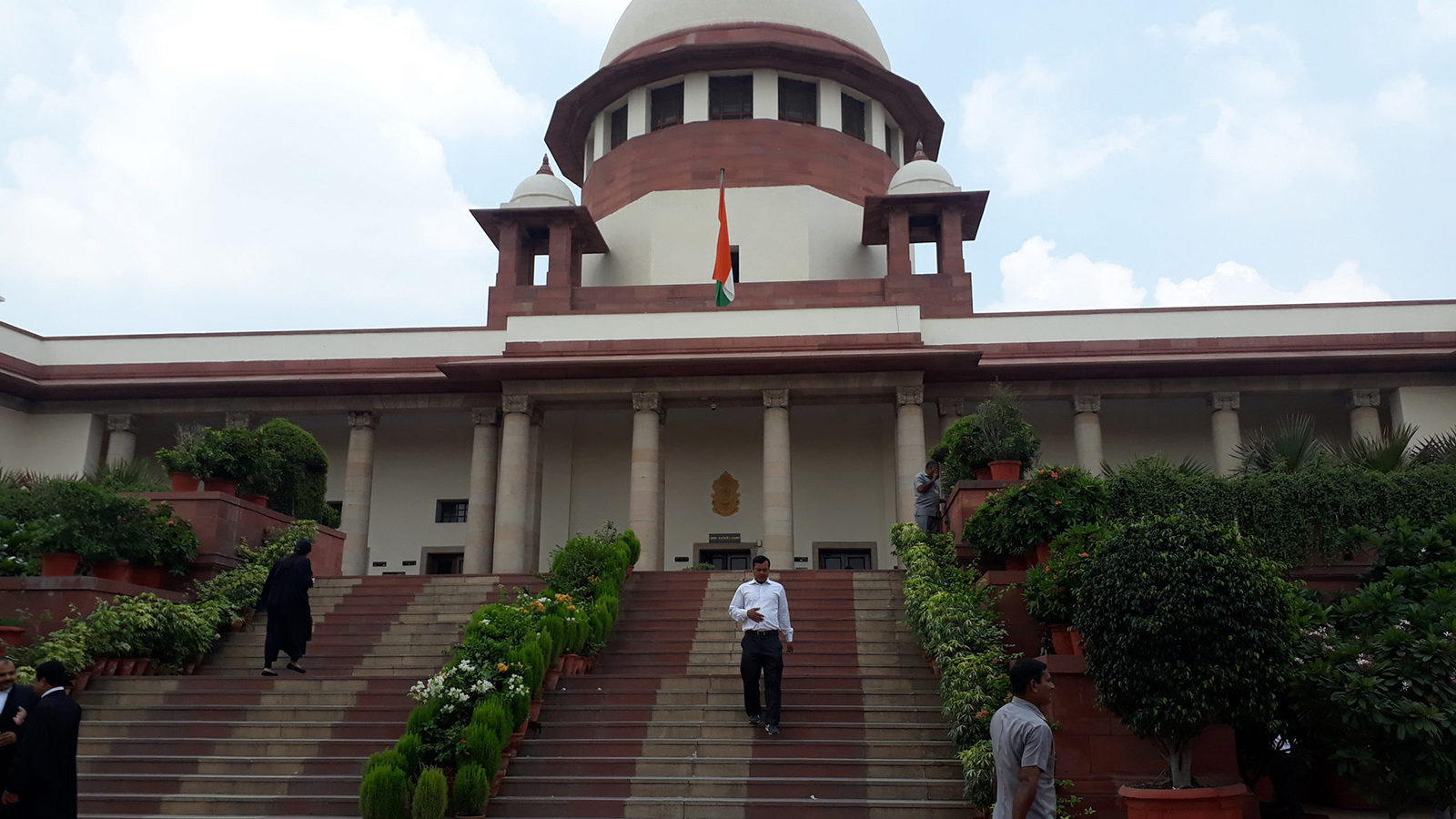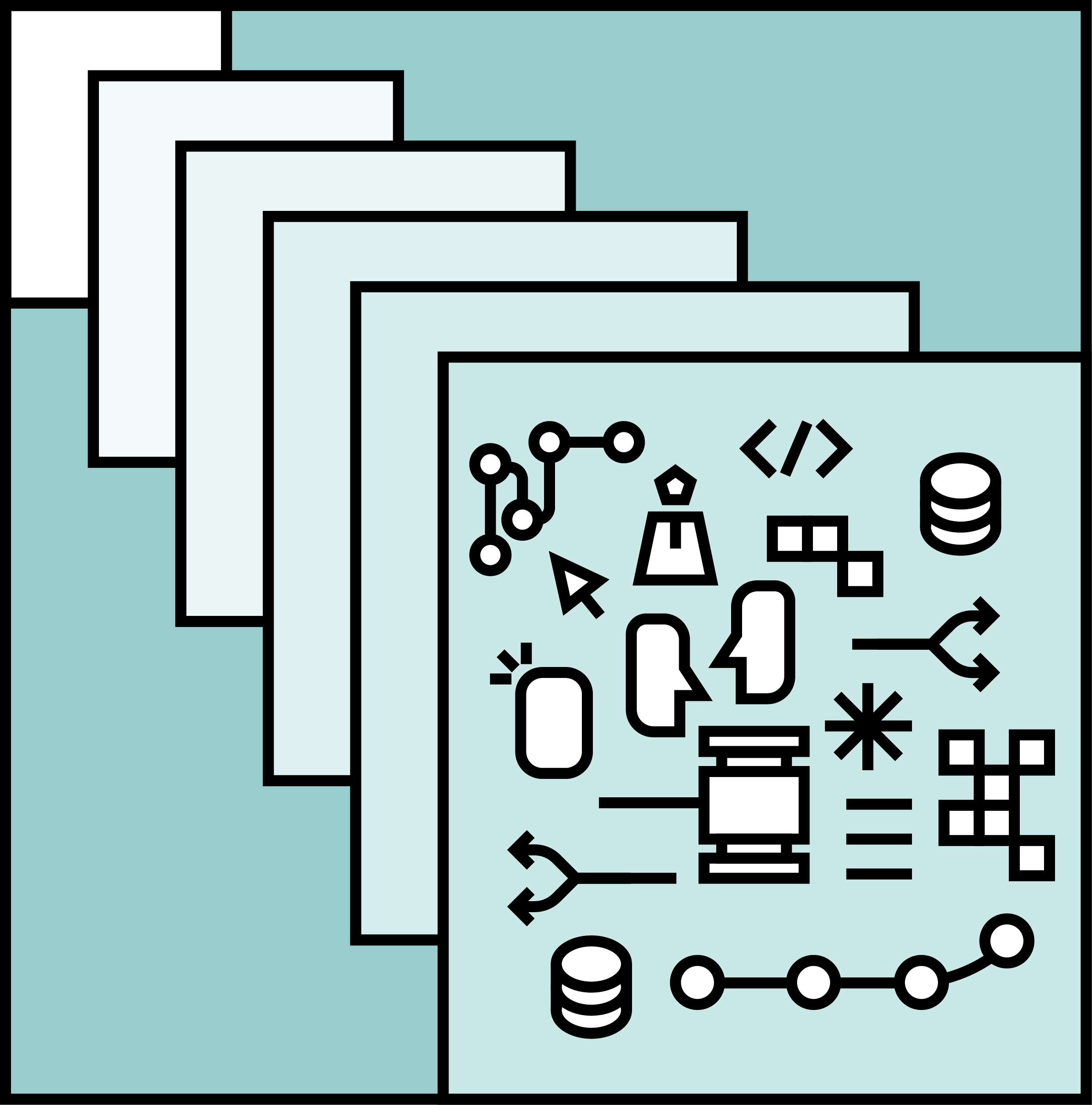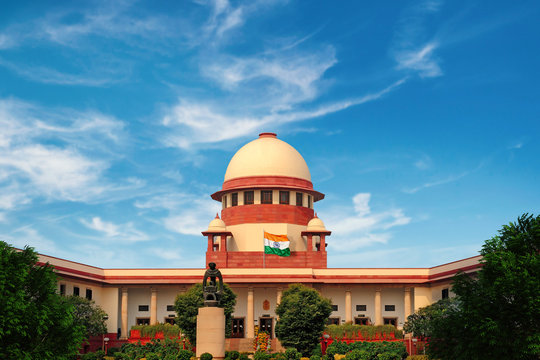
Supreme Court’s Caseload During COVID-19 (April 2020): A Look at the Numbers
An empirical analysis of the cases prioritised by the SC during the lockdown
Summary: The paper gives an overview of the ‘urgent litigation landscape’ of the SC through a comparative empirical analysis of cases between April 2020 and 2019.
Introduction
One of the most significant measures taken by the Supreme Court of India (SC) to tackle COVID-19 induced challenges was to operationalise video conferencing facilities in all three tiers of the judiciary to conduct virtual hearings. The SC directed the hearing of “urgent matters” through video conferencing from 26th March 2020.
In this backdrop, the JALDI (Justice, Access and Lowering Delays in India) Initiative at Vidhi, has undertaken an empirical study of all cases that were listed before the SC during the month of April 2020, when the nation-wide lockdown was imposed. During this period, there were no physical hearings and the SC conducted only virtual hearings of urgent matters. This paper looks at how these two unique developments – embedding of virtual hearings as part of judicial process and listing of only ‘urgent’ matters –have impacted the workload of the SC.
Objective
Understandably, the SC’s caseload in April 2020 drastically reduced in comparison to the same month last year. However, this paper attempts to move beyond the obvious to understand the nature of cases that came to be listed as ‘urgent’ and gives an overview of the ‘urgent litigation landscape’ of the SC.
Vidhi’s paper, through a comparative empirical analysis of cases listed before the SC in April 2019 vis-à-vis April 2020, delves into noticeable changes in the matters that the SC has prioritised.
One of the key purposes of this paper is to incrementally publish all relevant datasets to encourage further research into understanding the changing role of the SC and the impact of technology in shaping such a change. Since COVID-19 and its effects are clearly here to stay for some time, this exercise is meant to inform external stakeholders on what they should expect, as well as hold a mirror to the judiciary to ensure it corrects its course where required.
Methodology
Vidhi undertook a manual study of the cause list of April 2020, while for April 2019, data was scraped from the SC website. The collected data has been further segregated and analysed under the following heads:
- Date of listing
- Case type
- Stage at which the case is listed
- Bench dealing with the case
- No. of cases and connected matters
Overview of the April 2020 Dataset
- Number of working days: 14
- Number of cases listed: 357
- Number of fresh (for admission) cases: 218
- Number of judgements: 57
- Number of civil cases: 208
- Number of criminal cases: 140
Findings
- April 2020 saw a rise in the proportion of criminal cases filed before the SC. Thirty-nine percent of the cases listed were criminal cases as compared to 27% in April 2019.
- As compared to April 2019, there was a 12% rise in the total number of criminal cases. On the other hand, there was a 13% fall in civil cases filed before the SC.
- There was a significant increase in the number of Civil Writ Petitions (WP (C)) filed before the SC in April 2020. It constituted 60% of all diary cases.
- The SC also appears to have been more proactive in taking suo moto cognizance of cases during April 2020, as 1.4% of cases listed are suo moto cases as compared to 0.03% in April 2019.
| Absolute numbers | Percentage out of total cases | ||
| April 2019 | 5 | 0.03% | |
| April 2020 | 5 | 1.4% |
- April 2020 also saw an increase in the number of cases listed at the judgement stage. Sixteen percent of cases listed in the Miscellaneous list (of April 2020) are at the judgement stage as compared to only 0.4% of the April 2019 Miscellaneous list.
- A similar trend is seen in Fresh Applications: from 37% of listings in April 2019 to 61% in April 2020.



